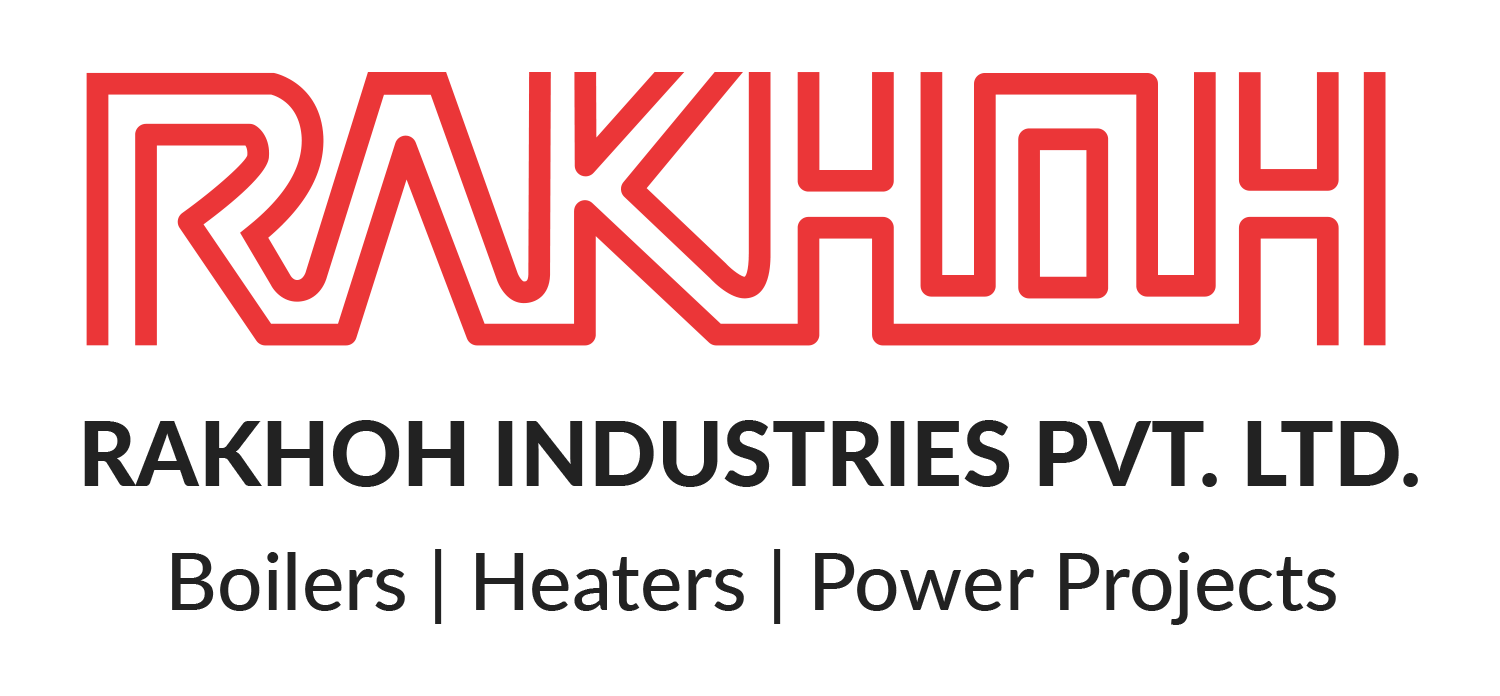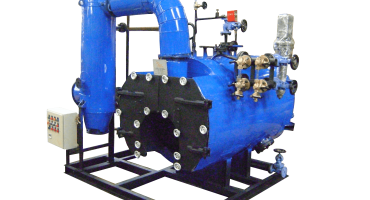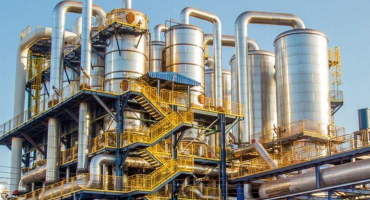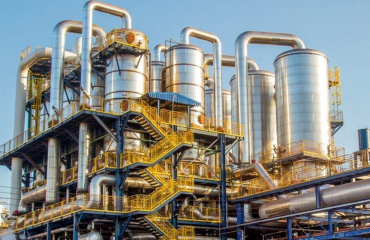
Steam boilers require proper combustion to generate high-quality steam for process industries. With industries striving to minimize energy utilization and carbon footprint, plant operators and managers are always looking for methods to accelerate boiler efficiency and ensure less emission. Fuel usage is reduced by improving efficiency, which in turn leads to reducing the carbon footprint (i.e. reduction of CO2 emissions from the boiler) and issues of boiler emissions. One of the ways to increase boiler efficiency is by using oxygen trimming, or O2 trimming. As we know, all combustion needs a proper measure of oxygen; too much or too little causes hazardous effects. However, such error is caused mostly because of too much oxygen as the main impact on the high side is low efficiency. Less air causes carbon monoxide formation, sooting, and even explosion if soot and other non-combusted receive enough oxygen to burn rapidly.
What is O2 trimming?
Usually, a burner operates at 3% to 4% of oxygen at 50% of boiler load and higher. The stack O2 concentration aligns to the excess air at the burner as excess air is required for burner operation to ensure optimal combustion of the fuel. For instance, for igniting natural gas, 3% of oxygen aligns to 15% excess air. During manufacturing, the steam boiler company sets the fuel/air ratio to ensure steady availability of excess air over the firing range of the burner. The steam boiler manufacturer also ensures that the ambient conditions such as air temperature changes will impact air density that will affect the burner fan airflow output. Varying airflow conditions can adversely affect burner operation.
Excess air concentration in the flue gas impacts the boiler efficiency. For every 5% more excess air, boiler efficiency decreases by 0.5%. If not adjusted, the boiler stack can vary by at least 2% O2 (i.e., if the regular operation is 3% O2, it can increase to 5% O2 on a cold day). It leads to approximately 1% loss of boiler efficiency, and saving 1% efficiency over a year operation can save tremendously on fuel costs.
Various burners utilize a control system, in which the fan airflow does not vary based on air temperature. As mentioned earlier, the airflow can vary depending on ambient conditions causing the stack oxygen to differ. It can be resolved by introducing O2 Trim to the control system. The O2 trim is an airflow trimming system that involves measuring stack O2 (using an O2 probe) and adjusting the airflow (trimmed) depending on the reading. It is a closed-loop control system as changes in the airflow directly impact the stack O2 reading. By maintaining a constant airflow rate, O2 trim reduces fuel usage, consequently increasing boiler efficiency.
Additionally, increasing boiler efficiency by using O2 trim ensures stable and safe O2 levels. With reduced fan airflow, the stack O2 level can reduce to low levels significantly, leading to increasing boiler emissions. With O2 monitoring, alarms can detect the boiler operator to either reduce fuel flow or increase airflow to ensure safe operating conditions.
Operation and Components of O2 trimming in steam boilers:
An electronic sensor is introduced into the boiler flue, near the steam boiler, before any dampers or other sources of air leakage into the boiler or flue. The sensor is connected to a control panel for measuring oxygen and sending a signal to a control damper on the burner air supply.
There are two types of positioning for O2 trimming– single point positioning with a trim actuator and parallel positioning with separate actuators for the fuel valve and FD damper. Parallel positioning is the most commonly used approach for O2 trim. The components include,
- Controller: The controller accepts inputs from the fuel and air actuators, O2 analyzer. The controller will operate with the burner management system for purge, low fire, fuel selection, and other functions.
- Boiler pressure or temperature sensor at the header.
- O2 analyzer including field repairable in-situ probe and electronics.
- Fuel valve actuators
- Air damper actuator
Advantages of O2 trimming in steam boilers:
- Combustion efficiency computation per fuel to let the plant manager know if attention is required on the burner.
- Flue gas temperature monitoring and alarms signal the plant manager if the boiler tubes are fouled and shut down because of high flue gas temperature.
- Oxygen monitoring and alarm because of low excess air or combustibles.
Conclusion:
Since its formation in 1983, Rakhoh Boilers strives to enhance and improve the safety of the boiler operations by manufacturing and installing steam boilers of the highest quality to ensure the safety of the process plants and prevent any fatal accidents or injuries to the staff working and operating the plant. As a trusted steam boiler manufacturer, we have successfully installed 3000+ boilers in over 26 countries worldwide.
Learn more about our products and services by visiting www.rakhoh.com









